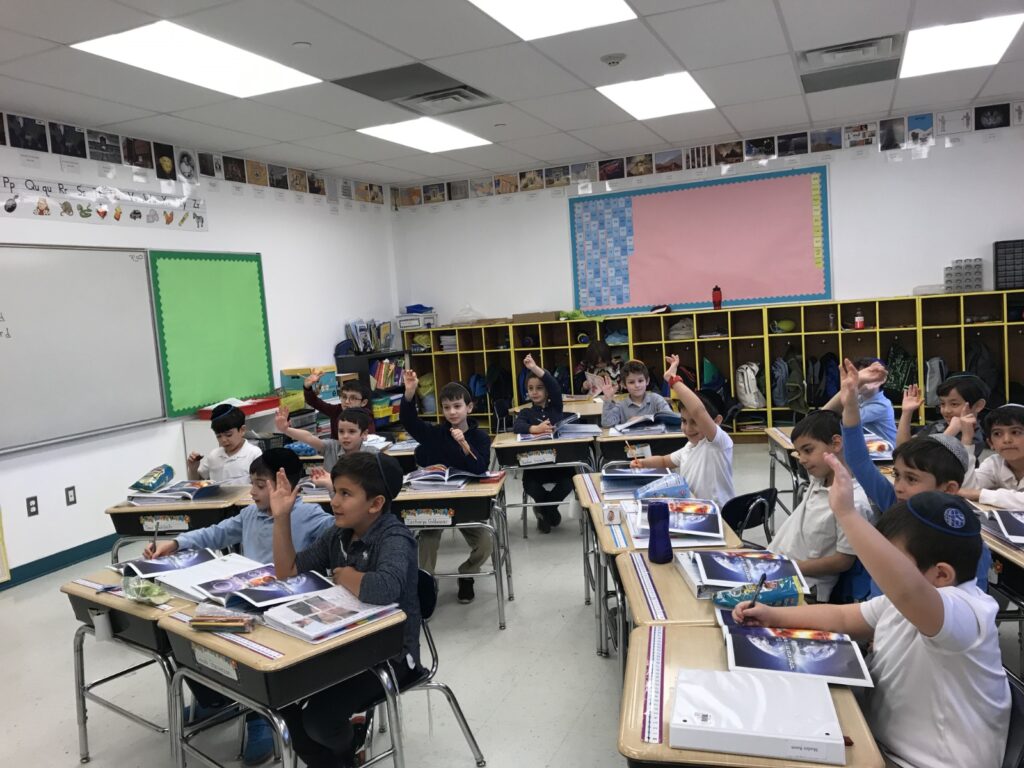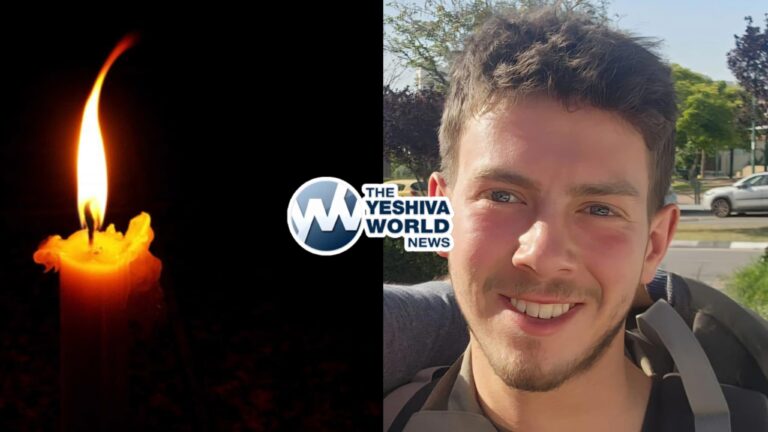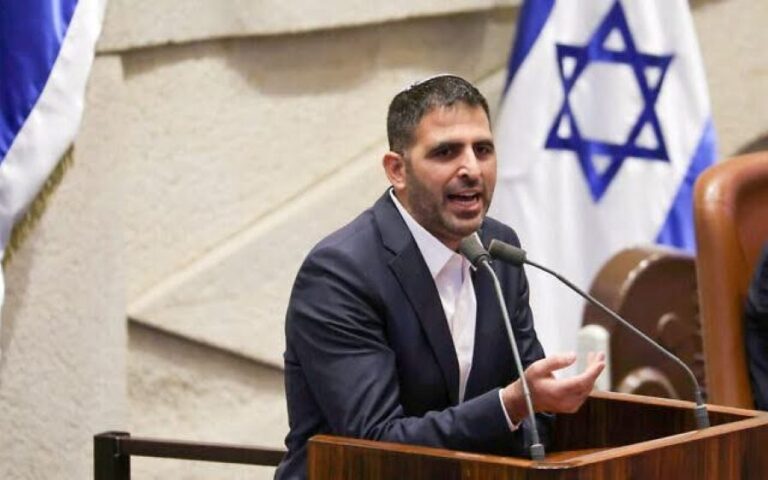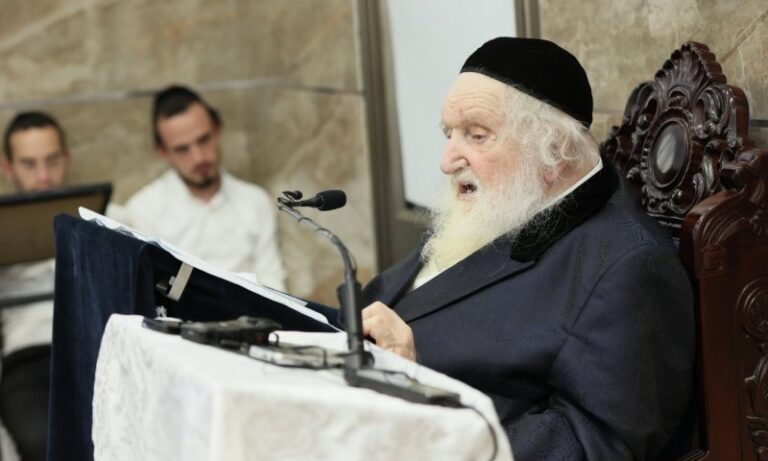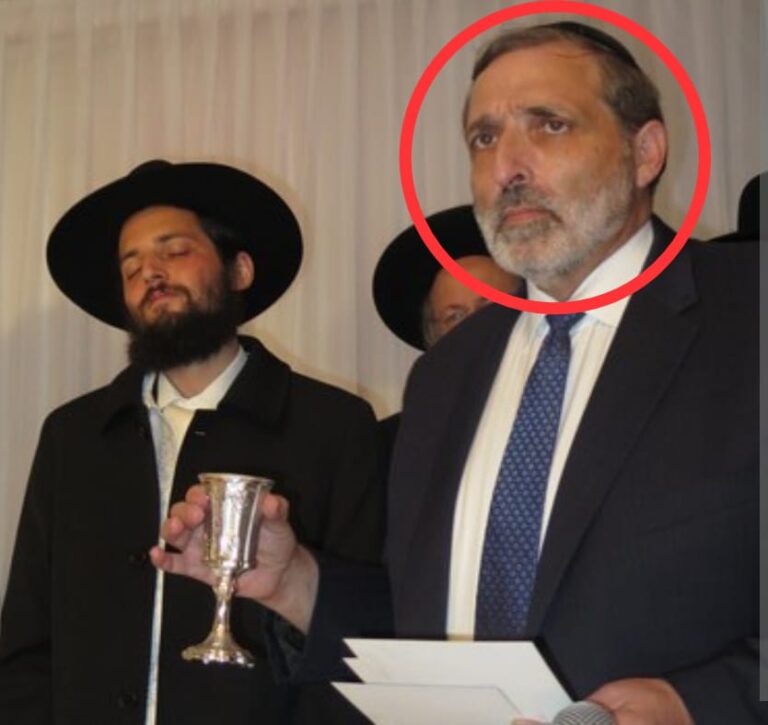It’s a problem that has long plagued teachers: how to teach children to daven with comprehension and connection to Hashem…and how to make sure that experience is meaningful and will stay with them throughout their lives. Said a little differently, how can we inspire children to daven with their hearts and not by rote?
CLICK HERE TO GET ACCESS TO 8 FREE LESSONS
The solution has been an elusive one. Knowledgeable educators recognize that the Torah, itself, can give teachers all the tools necessary to teach children how to pray if she or he knows where to find them and effectively incorporate them into the classroom curriculum.
But not every educator is that knowledgeable. So the question remains: how to get children to regard prayer…davening…as something they want to do, not something boring that they are made to do.
Renowned Leemudai Kodesh educator and curriculum developer, Mrs. Tamar Nusbaum developed an all-encompassing Tefillah program that teaches Tefillah as a way of life and not as a subject. The program focuses on awareness and being present in the moment when davening.
Mrs. Nusbaum, who grew up and has lived in Far Rockaway, Queens for a good part of her life, is a teacher in the overarching sense of the word. Throughout her career, she has worked with intention in her dual interests as a classroom educator and curriculum developer.
CLICK HERE TO GET ACCESS TO 8 FREE LESSONS
She began her career in Jewish education right out of her own school experience and after her return from her seminary year in Jerusalem. Mrs. Heiman Nadav, the principal at the elementary school she’d gone to, remembered her as the kind of student who was great teacher material. She offered her a position teaching second grade at Torah Academy for Girls in Queens. Said Mrs. Nusbaum of that early experience that it was all it took. “I was hooked on teaching. I can’t describe the excitement I felt bringing Torah to the children and helping them absorb and take it in.”
Her chinuch career progress — took her to Lakewood, New Jersey where she taught in Deal Yeshiva. After Lakewood, she moved back to Far Rockaway and taught, for ten years, at the Hebrew Academy of Long Beach, and then at Shulamith School for Girls in Cedarhurst, NY. Somewhere along the line Mrs. Nusbaum began to delve into the area of curriculum development.
Among other improvements to methods of teaching, she created a well-regarded and popular Chumash program, LehavinU’Lehaskil (to understand and discern), in which Mrs. Nusbaum presented many teacher training sessions and school visitations.
But still, there was the issue of prayer and the questions she kept fielding. “Teachers, principals, even parents approached me and would ask when I was going to do something to help children understand how to pray,” she said. “They expressed a need for a tefillah program that was not just about chanting, contests, and accuracy in reading Hebrew. They didn’t know if it could be done, but they wanted it.”
Finally, about five years ago—she was, at that time, working in curriculum development at the Consortium of Jewish Day Schools in Cedarhurst—she began to formulate the plan and the mission that became Ani Tefillah.
CLICK HERE TO GET ACCESS TO 8 FREE LESSONS
Ani Tefillah, as Mrs. Nusbaum created it, is designed to reach all types of learners. It’s rooted in mindfulness and is meant to help children learn how to put themselves fully in the moment while praying. As expressed on Ani Tefillah’s website, it’s to empower students to be mindful of G-d’s presence and feel a connection to Him by expressing […] personal thoughts, requests, and feelings through tefillah, prayer.
Rabbi Nachum Wachtel, Jewish Studies Principal at the Rosenbaum Yeshiva of North Jersey lower school, was one of many educators with whom Mrs. Nusbaum consulted as she developed Ani Tefillah. “I think Mrs. Nusbaum had two goals,” said Rabbi Wachtel. “The first was to systematize tefillah in such a way that it was a halachic experience—meaning I need to pray—but that the experience would allow the child to connect to HaShem.”
To that end, Mrs. Nusbaum hired a cadre of professionals, including editors and illustrators, to make Ani Tefillah attractive and exciting, an entrée point for children, a primer on how to pray, a life skill to be built upon as they grow to adulthood.
Ani Tefillah is designed for use in primary grades, although it can be adapted for use in high school. Ani Tefillah’s supporting materials include videos Mrs. Nusbaum calls W.O.W. videos….wonders of the world… short, well-produced animated stories, no longer than three or four minutes, many nature-centered. There are also, diaries in which children can journal; workbooks[MOU3] , charmingly illustrated, lists of one-liners teachers can use to prompt their students’ thoughts and observations, posters, emojis, and videos students can use at home. Said Mrs. Nusbaum, “Prayer is personal. Teachers can use any combination of Ani Tefillah’s materials to help children discover their own individual path to G-d consciousness.”
Every part of Ani Tefillah is based on an approach Mrs. Nusbaum calls Stop. Think. Feel. Stop…remove all distractions and focus, a hard thing to do for anyone, but especially for children in the classroom where there are lots of distractions. Think… understanding the meaning of the words in the prayer. “Da l’fnei mi ata omeid,” said Mrs. Nusbaum. “Know before Whom you are standing.” Lastly, Feel… about connecting thoughts with emotion, of being conscious and aware during prayer.
Odelia Danishevsky, associate principal of the lower school at Moriah, and a resident of Bergenfield said, “Making davening more meaningful is a life skill. By making children stop, think, and feel it’s not only about asking HaShem for what you need, it’s an awareness of the world around you and all the things He put in it for you.”
Mrs. Ilana Rauzman, a 4th-grade teacher at Yeshivat Noam in Paramus and a resident of Teaneck has noted that her class will definitely stop to focus on the W.O.W. videos. “We watched one about lions,” said Mrs. Rauzman. “I asked the children to think about why HaShem created the lion and how he takes care of his family, and what that teaches them about their own families. One of the children said it taught her to think about how she feels about her parents taking care of her.” For Mrs. Rauzman that video was more than a concept. She said, “It opened the children’s eyes to knowing HaShem is not just in prayer, but everywhere in the life.”
Chaya Devorah Senft of Queens who has taught 11-year-olds…fifth-graders…at the Moriah School of Englewood for 15 years, has a different yet similar take. “Seeing the videos, the kids begin to understand that G-d created the entire world and all the species.”
Ani Tefillah is growing. It can be found in 50 schools, including schools in New Jersey and New York, as well as across the United States and even in Great Britain and Australia. One of Mrs. Nusbaum’s goals is to see the program expand further. “We want to see more schools come on board and help us with this revolution that is taking place, and to build out the program in schools that already have Ani Tefillah in one grade and make it into a school-wide program. But we currently don’t have all the backing we need to do that.”
CLICK HERE TO GET ACCESS TO 8 FREE LESSONS
She has had requests from schools not just in this country but worldwide. “We’d like to translate it into Spanish and Russian, for example. We’ve already translated the program into Hebrew. I’d love to be able to translate the program into specific versions for the Sephardic community, and the Lubavitch. We have requests for that. The Yiddish-speaking community is using Ani Tefillah, to an extent. Ultimately we want the program to be available to everyone.”
Rabbi Wachtel thinks Ani Tefillah is positioned to help with what he calls the crisis of tefillah, meaning prayer, not just for children, but even for adults who never learned the right way to pray, meaning without teachers pushing chanting, contests, and reading Hebrew fast. “Prayer is internalized. If adults are not praying and know what the prayers mean, what’s the end result? Maybe they become less involved. Maybe they’re too tired to go to shul, maybe they come late, maybe they talk to their neighbors when in shul and don’t pay attention.”
Mrs. Nusbaum, who worries about the same thing observed, “How far away from that is non-participation? How far away is a loss of Yiddishkeit?” It’s why she has a fervent hope that Ani Tefillah will succeed.

